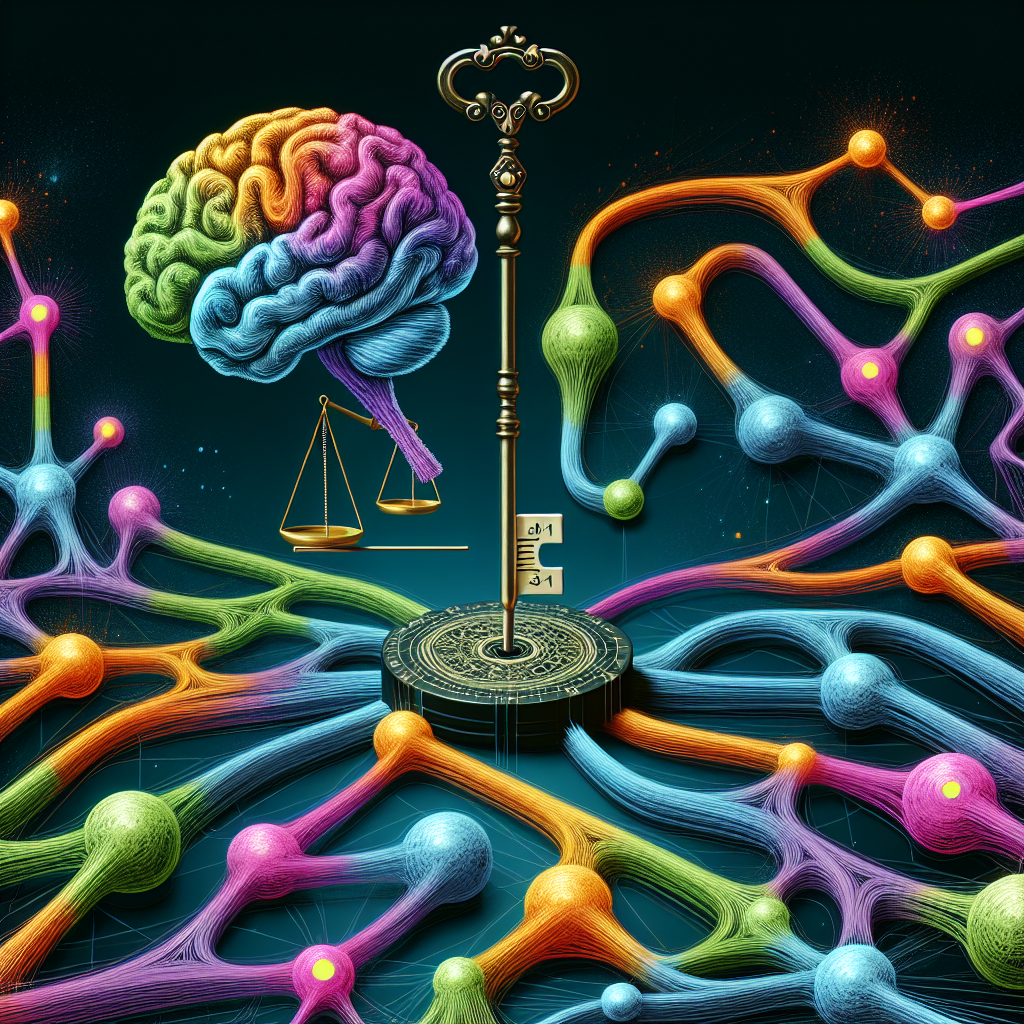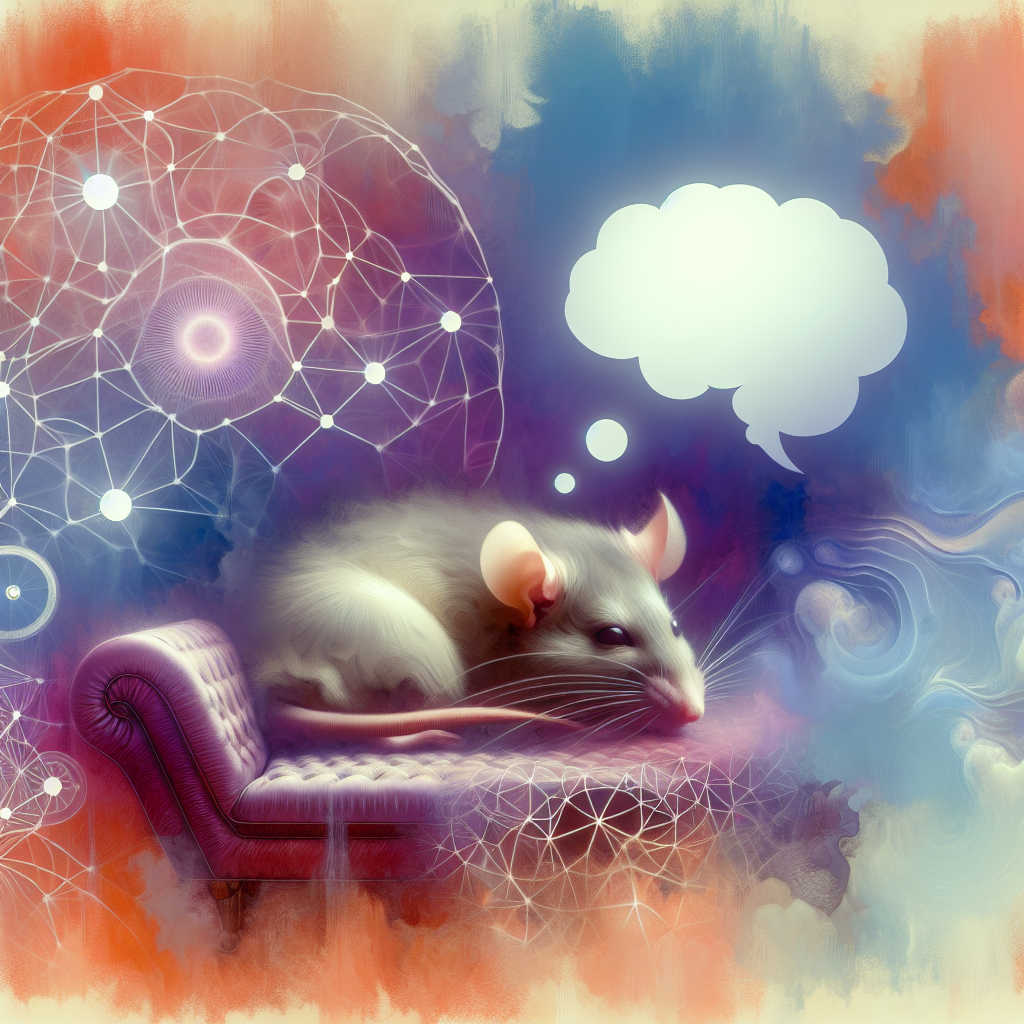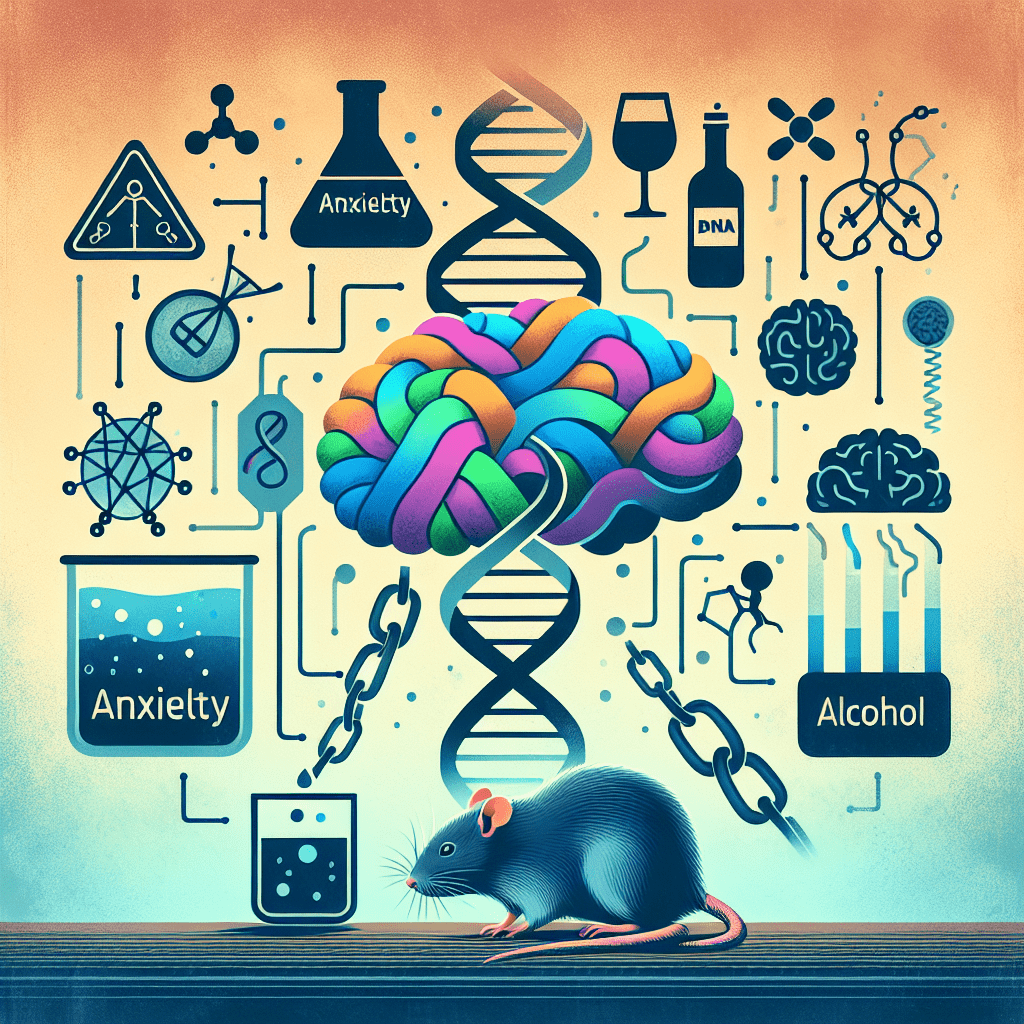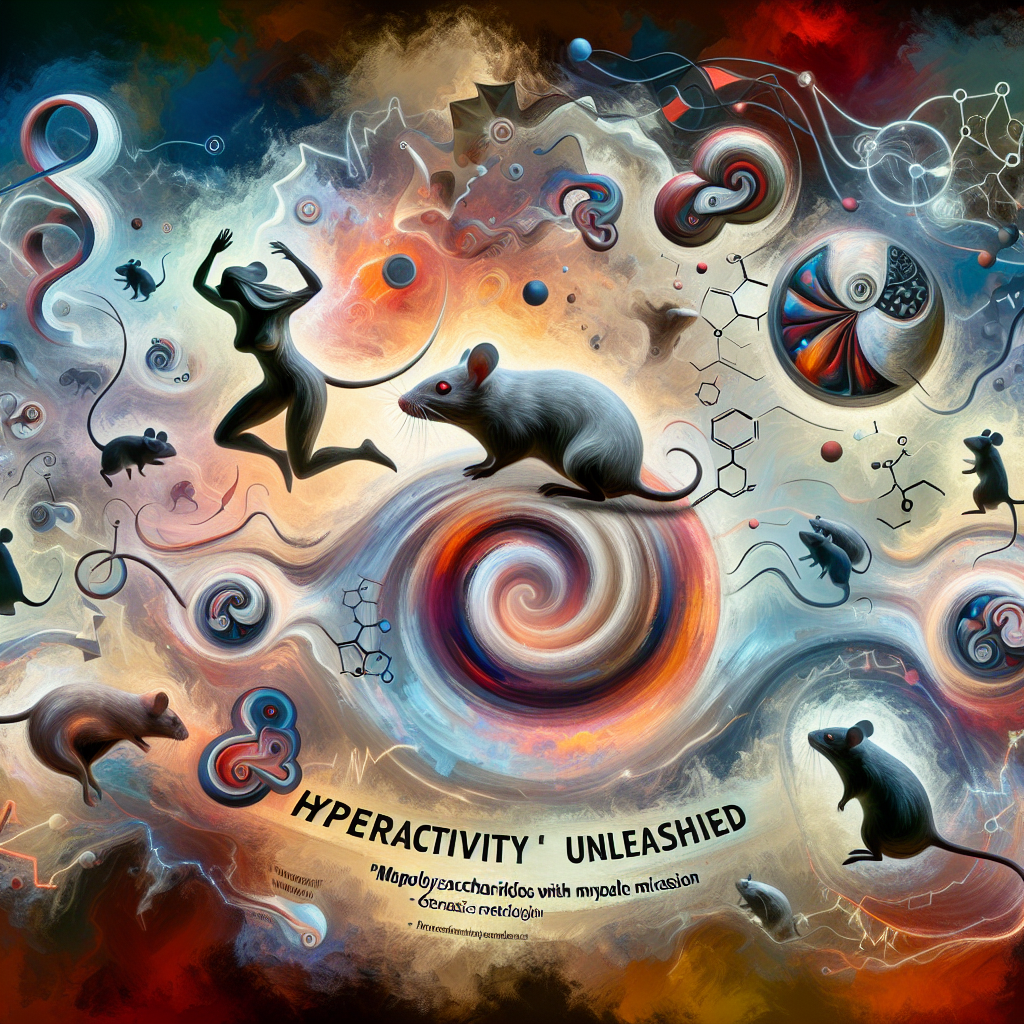Introduction: A Ray of Hope Amid Cancer’s Cognitive Shadows Imagine battling cancer only to find yourself facing the unexpected foe of cognitive decline, a shadow many survivors experience as a result of chemotherapy. This phenomenon, often referred to as “chemo brain,” is a disheartening reality, underscoring the need for a beacon of hope amid the […]
Tag: Animal models

Decoding Zebrafish: A Revolutionary Look into Dental Disorders and Bone Growth Anomalies
Introduction: A Fishy Tale of Genetics and Growth Imagine a world where examining a tiny fish could unlock treasures of knowledge about human diseases. An unexpected connection, right? This quirky link forms the crux of a fascinating research paper titled “HSPG-Deficient Zebrafish Uncovers Dental Aspect of Multiple Osteochondromas.” This research embarks on a journey across […]

Bridging Neurological Pathways: How Levetiracetam Holds the Key to Synaptic Balance
— Introduction: Unlocking the Brain’s Mysterious Code Our brains are like intricate orchestras, each neuron playing a vital role in maintaining harmony and balance. Yet, just as musicians can sometimes hit the wrong note, neurons can fall out of sync, leading to neurological challenges such as epilepsy. Imagine if there was a key—a magical tool—that […]

Mitragynine Attenuates Withdrawal Syndrome in Morphine-Withdrawn Zebrafish
## Discovering New Pathways to Ease Addiction Recovery Imagine a world where recovery from drug addiction can be less daunting, where the harsh grips of withdrawal symptoms lose their strength, allowing individuals a smoother path to regain control over their lives. This is the promising potential glimpsed by the study ‘Mitragynine Attenuates Withdrawal Syndrome in […]

The Silent Language of Baby Monkeys: Unlocking Delayed Imitation of Lipsmacking
Introduction: The Baby Steps Toward Communication Picture this: a baby, just a few hours old, gazing up at an adult’s face, trying to mirror their expressions. This astonishing display of mimicry in humans is known as neonatal imitation. But here’s a twist—it’s not exclusive to us. Recent insights have illuminated a similar behavior in our […]

Understanding the Complex Dance of Behavior and Genetics: Insights from a Novel Mouse Line**
Introduction: Mice, Mutations, and the Mysteries of Behavior Imagine your mind as a richly woven tapestry, each thread representing a different aspect of your behavior, personality, and emotions. Now, picture trying to unravel this intricate weave to better understand its individual parts. This is the challenge faced by researchers studying the complex interplay between genetics […]

Discovering the Sleepy Secrets of Rodent Minds
Introduction Picture this: You’re sitting in a quiet room, daydreaming, not particularly focused on anything – your mind drifting aimlessly. What if I told you that in those moments of tranquility, a part of your brain that’s not asleep or fully active, known as the default-mode network (DMN), lights up? Fascinating, right? Over the years, […]

Exploring the Influence of Adolescent Oxytocin on Anxiety, Alcohol, and Social Behavior in Rats
Introduction Picture this: you’re a teenager, navigating a whirlwind of emotions, social dynamics, and lifestyle choices. What if a simple hormone could impact your anxiety levels, social interactions, and even your inclination towards alcohol years later? This intriguing idea isn’t just science fiction. It stems from a fascinating piece of research titled “Adolescent Oxytocin Exposure […]

Monkey See, Monkey Do: Understanding Visual Attention Through Rhesus Macaques
Introduction: A Glimpse Into the Monkey Mind Imagine you’re at a party. Amid the laughter and clinking glasses, your attention shifts constantly—from the animated storyteller across the room to the intriguing drama unfolding at the sofa. This unconscious process of deciding where to look and what to watch is a dance between your social instincts […]

Hyperactivity Unleashed: Insights from Female Mice with Mucopolysaccharidosis IIIA
## Introduction Imagine a world where hyperactivity and a diminished awareness of danger are not merely quirks of personality but indicative of deeper neurodegenerative processes. This complex tapestry is at the heart of a fascinating research paper, [“Female Mucopolysaccharidosis IIIA Mice Exhibit Hyperactivity and a Reduced Sense of Danger in the Open Field Test.”](https://doi.org/10.1371/journal.pone.0025717) Though […]
